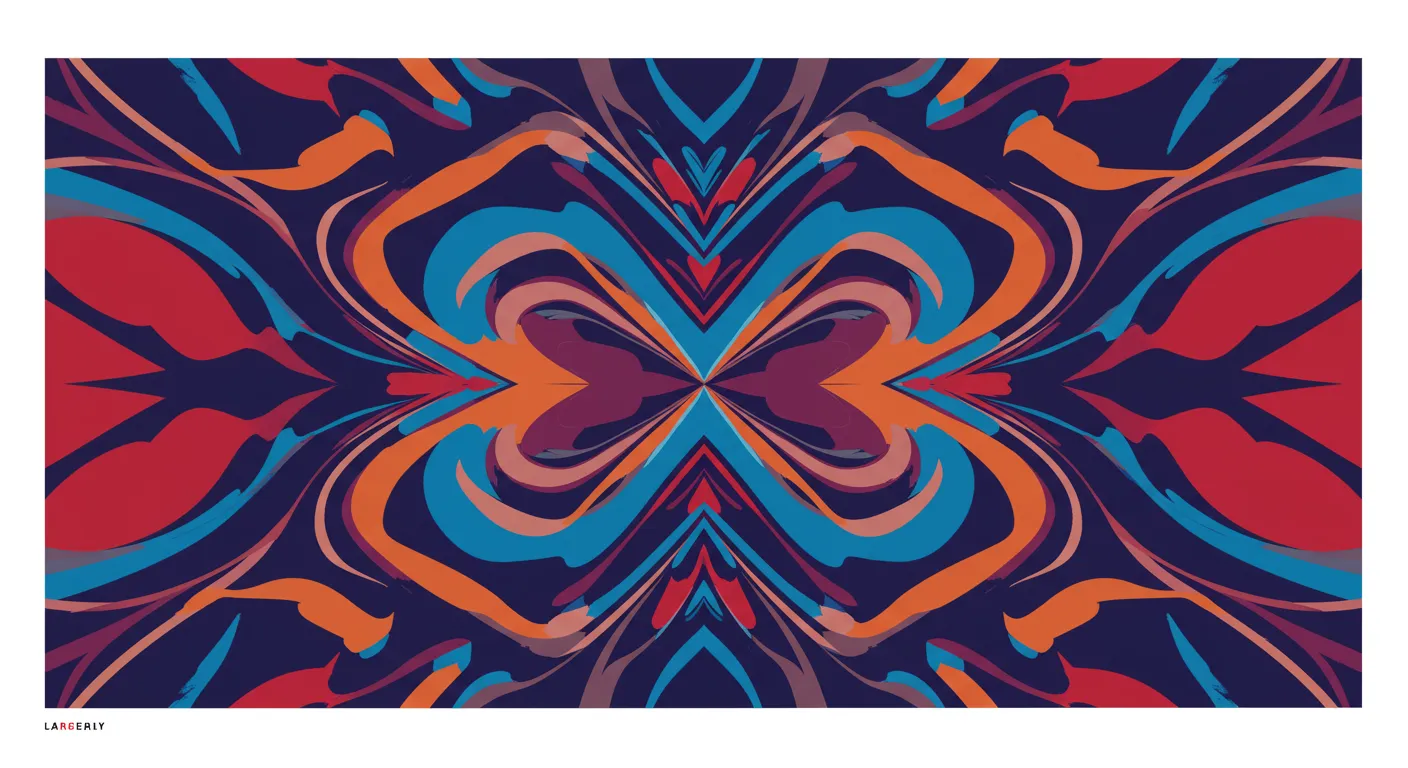High Dynamic Range (HDR) has become a technological buzzword that means different things to different people. At its core, HDR is about capturing and displaying images with greater detail across bright and dark areas, but the reality is far more complex.
The technology emerged from photographers' long-standing desire to capture scenes more closely as the human eye perceives them. From Ansel Adams' darkroom techniques of dodging and burning to modern smartphone computational photography, the goal has always been to reveal more visual information.
However, HDR is not a simple technology. It involves intricate processes of capturing, processing, and displaying images, with each step presenting its own challenges. Consumers often encounter HDR as a marketing term on TV and phone displays, leading to confusion about what the technology actually does.
The most significant problem with HDR today is not the technology itself, but how it's implemented. Many devices and content creators overdo HDR, creating images that are painfully bright or unnaturally processed. This has led to a backlash where many users view HDR as more of an annoyance than an improvement.
Despite these challenges, HDR represents an important step in visual technology. As displays, cameras, and processing techniques improve, we can expect more nuanced and less garish implementations that truly enhance our visual experiences.


